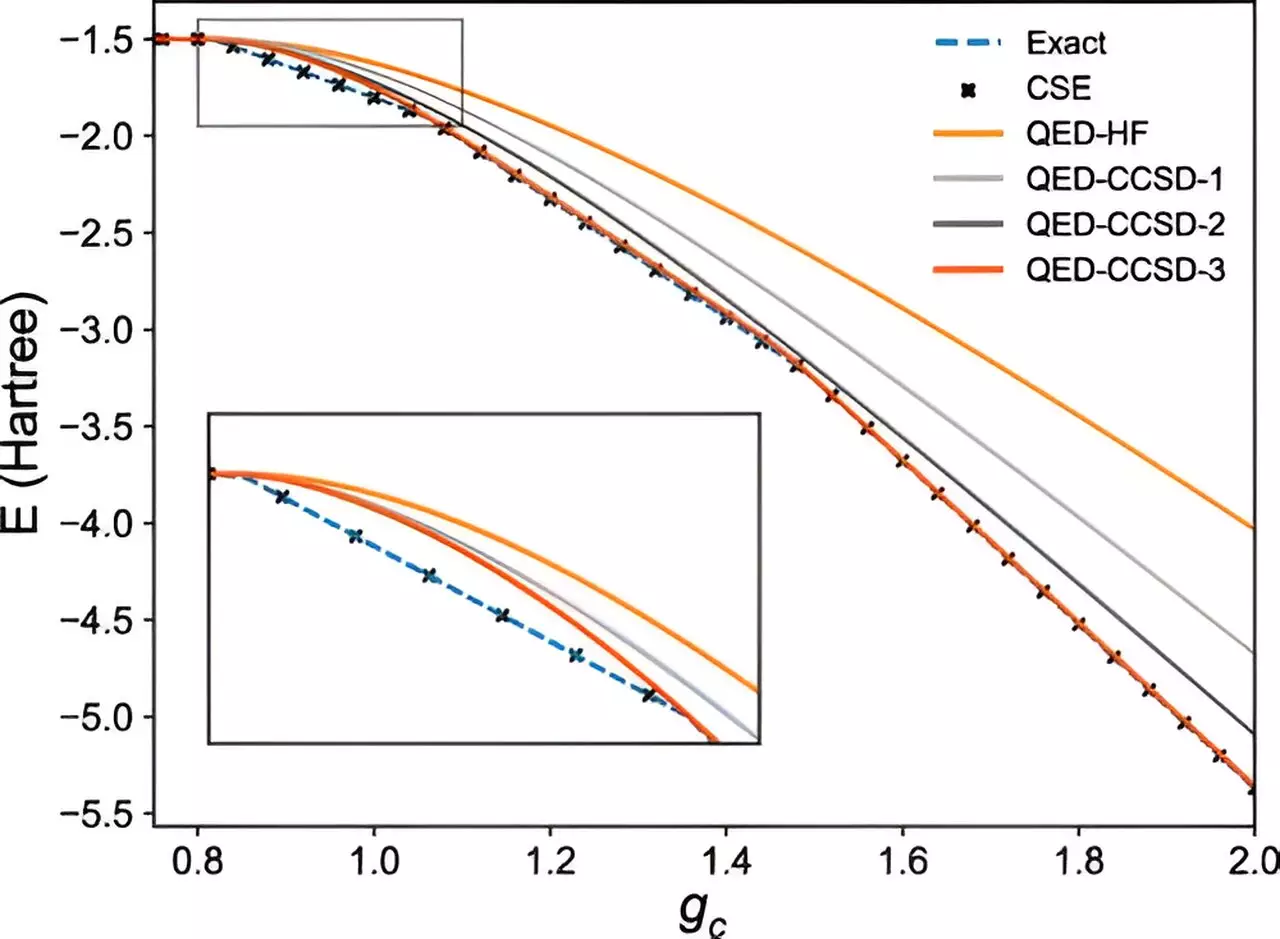The recent study led by the University of Trento in coordination with the University of Chicago introduces a groundbreaking approach to understanding the interactions between electrons and light. This new perspective has the potential to significantly impact the development of quantum technologies and the exploration of novel states of matter, as detailed in the publication in Physical Review Letters.
The interaction between quantum particles, such as electrons and photons, plays a vital role in the discovery of innovative molecules and materials that can be utilized in various technological and medical applications. When quantum particles interact with light, there is a profound alteration in their physical properties. This phenomenon has given rise to the emerging field of polaritonic chemistry, which seeks to initiate new chemical reactions using light as a catalyst. By controlling these light-matter interactions, researchers can manipulate and synthesize new forms of quantum matter, thereby paving the way for advancements in diverse scientific domains.
Understanding and accurately predicting the behavior of quantum systems with multiple interacting elements, including electrons, photons, and phonons, pose significant challenges. The intricate nature of these systems makes it difficult to calculate the wave function, a fundamental aspect that contains crucial physical information for predicting the behavior of numerous quantum particles of different types. In light of these complexities, a team of researchers led by Carlos Leonardo Benavides-Riveros and David A. Mazziotti embarked on a journey to address these challenges and advance the study of quantum interactions.
The researchers introduced a theoretical framework, known as an “ansatz,” to predict the interactions among particles in a many-body quantum system, particularly on a quantum computer. This ansatz was then extended to accommodate systems comprising multiple types of quantum particles, such as electrons, photons, and phonons. Through simulations on an IBM quantum computer, the researchers successfully demonstrated a universal quantum algorithm with zero theoretical error, marking a significant breakthrough in quantum research. By developing a unified approach capable of generating precise prescriptions for complex many-body quantum systems, the researchers have laid the foundation for achieving exact wave functions when implemented on quantum devices.
The researchers’ innovative approach holds immense potential for advancing quantum computing capabilities and modeling critical molecular challenges in light-matter interactions, particularly in the realm of polaritonic chemistry. By incorporating various quantum particles, including photons, into the universal formulation of the problem, researchers can gain a deeper understanding of the wave function’s structure and, subsequently, the physical properties of the quantum system. This novel methodology not only propels the study of quantum systems but also offers new avenues for exploring the diverse states of matter present in natural molecules and solids.
The recent study on quantum interactions spearheaded by researchers from the University of Trento and the University of Chicago represents a significant leap forward in the field of quantum research. By introducing a comprehensive approach to understanding the interactions between electrons and light, the study not only contributes to the development of quantum technologies but also sheds light on the possibilities of discovering new states of matter. As researchers continue to explore the implications of this study, the future holds promising prospects for leveraging quantum interactions to unravel complex scientific mysteries and drive innovation across various disciplines.


Leave a Reply